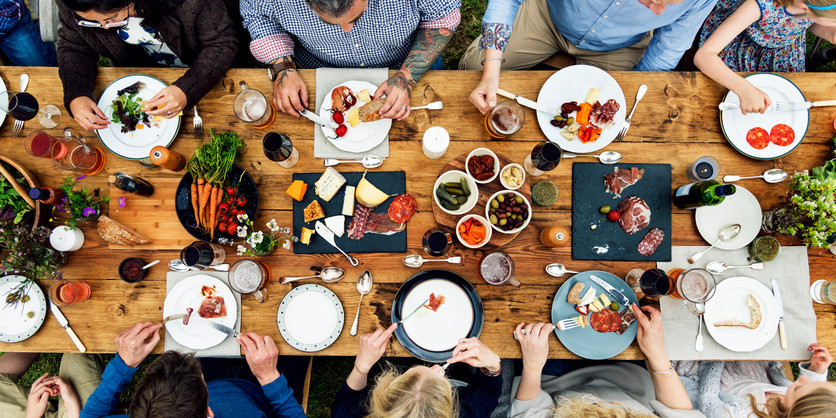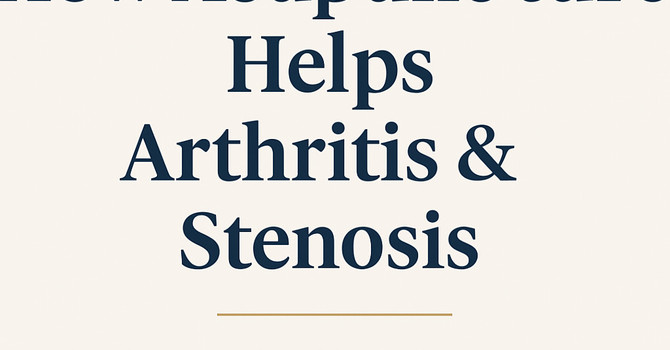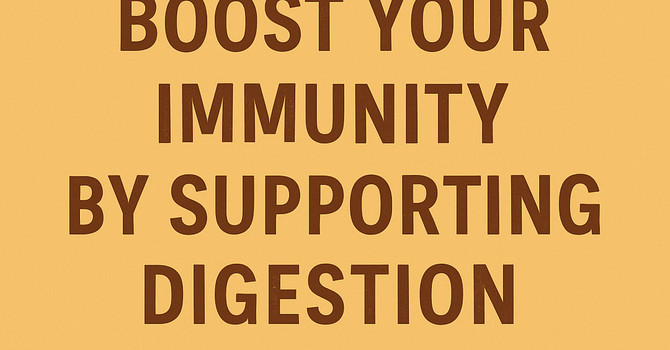1. Water
The jury is out on the exact right amount of water you need daily, but a good rule of thumb is to drink half your body weight in ounces. If you weigh 160 lbs, drink 80 ounces of water daily (10 8 oz glasses). Studies show that replacing soda with water will lead to an average weight loss of 2% of your body weight.
2. Beets
In Roman times, it was beet greens that were consumed. Nowadays, beets are eaten whole because they are not only sweet and delicious, but also a great source of anti-oxidants like vitamin C, phytonutrients and fiber. They can lower blood pressure and fight inflammation because they include betaine which protects cells from environmental stress. Bonus: beets also help to thin the bile, which naturally lubricates the intestines.
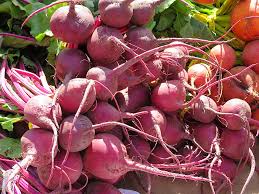
3. Avocado
1 cup of avocado has 234 calories, 21g of fat (14g of monounsaturated goodness!), 3g of protein, and enough energy to bridge the gap between lunch and dinner. They also contain these vitamins, minerals and nutrients. Avocados help you absorb fat soluble vitamins A, E, D, and K, so take your vitamin D supplement with your avocado toast!
4. Blueberries
Tired of hearing about them? The trend may be over, but they’re still good for you! Besides being delicious they contain vitamins, A, C, and folate. They contain a phytonutrient called anthocyanin, which gives blueberries many of their antioxidant health benefits as well as their characteristic blue color.
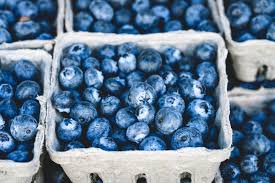
5. Wild-caught Salmon
(2 days per week). Salmon is loaded with omega-3 fatty acids EPA and DHA. DHA is especially beneficial for the brain and can even help kids with ADD/ADHD, while EPA is especially good at supporting the heart from an anti-inflammatory standpoint. I love King salmon because it is mild, fatty and delicious, but Sockeye stands up better to grilling. What salmon should you buy?
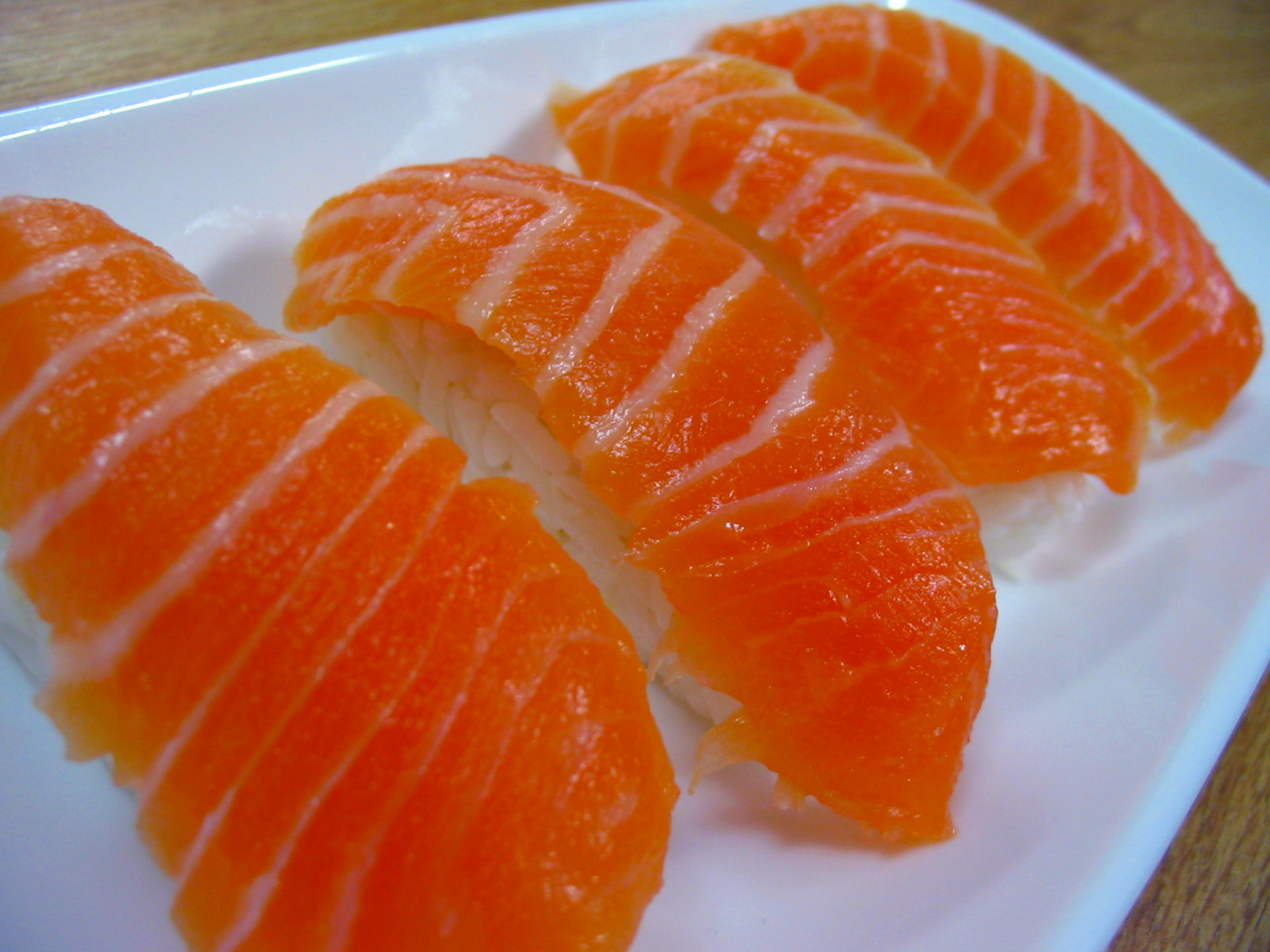
5. Wild-caught Salmon
(2 days per week). Salmon is loaded with omega-3 fatty acids EPA and DHA. DHA is especially beneficial for the brain and can even help kids with ADD/ADHD, while EPA is especially good at supporting the heart from an anti-inflammatory standpoint. I love King salmon because it is mild, fatty and delicious, but Sockeye stands up better to grilling. What salmon should you buy?
6. Broccoli
(and other cruciferous veggies like Brussels Sprouts and cauliflower). Broccoli is an excellent source of vitamin K, vitamin C, chromium and folate. It is a very good source of dietary fiber, pantothenic acid, vitamin B6, vitamin E, manganese, phosphorus, choline, vitamin B1, vitamin A (in the form of carotenoids), potassium and copper.2 What else? Like beets, broccoli helps with detoxification because it contains ‘methyl donors’ like choline that convert to betaine. Betaine ‘attaches’ to waste products in the liver where it is packaged for removal. Now you’re an expert in detox!
7. Green Tea
I drink green tea it in the summer for its cooling properties (according to Chinese Medicine). One cup of green tea will provide you with 20-35 mg of the antioxidant EGCG, depending on the quality of your tea, so consider up to 3 cups daily. Also, your green tea should be, umm, green- that’s how you know you’re getting the antioxidants you desire. Caffeine is typically less than 25% the amount you might find in a cup of a 12 oz cup of Starbucks coffee. Heart studies show greatest benefits when drinking 10 cups a day, so drink up!

8. Eggs
(the whole egg not just the whites) One egg has only 75 calories but 7 grams of high-quality protein, 5 grams of fat, and 1.6 grams of saturated fat, along with iron, vitamins, minerals, and carotenoids. Eggs also contain disease-fighting nutrients like lutein and zeaxanthin. Fear not the cholesterol! Fear the bagel!
9. Grass fed butter
(Kerrygold). I eat this every day. Probably at least two tablespoons. My cholesterol is great! Grass fed butter has the added advantage of containing higher levels of omega-3s (see salmon above), it tastes great, and adds extra calories to sustain you between meals.
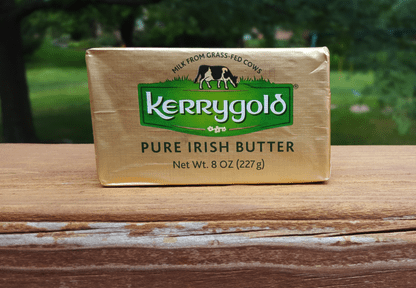
10. Almonds
(pistachios, cashews). According to Judy Caplan, RD, nuts are great for dieters and healthy eaters alike. She says “the mix of omega-3 fatty acids, protein, and fiber will help you feel full and suppress your appetite. The lowest-calorie nuts at 160 per ounce are almonds (23 nuts; 6 grams protein, 14 grams fat); cashews (16 to 18 nuts; 5 grams protein, 13 grams fat); and pistachios (49 nuts; 6 grams protein, 13 grams fat).
